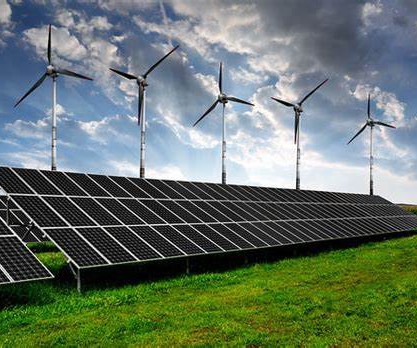Building a Better Power Grid for Minnesota
Union of Concerned Scientists
JULY 22, 2022
Minnesotans are facing concurrent crises of climate change, high energy prices and inflation, and the inequitable public health impacts of fossil fuel air pollution. Renewable energy will help with all of that—but we need a grid that is designed for wind and solar instead of having to rely on expensive coal and gas plants.














Let's personalize your content